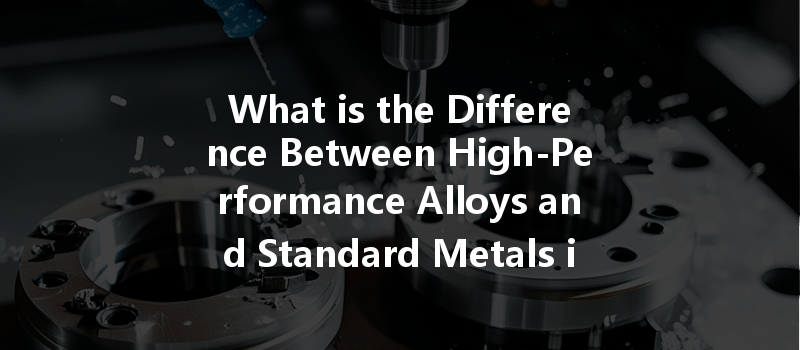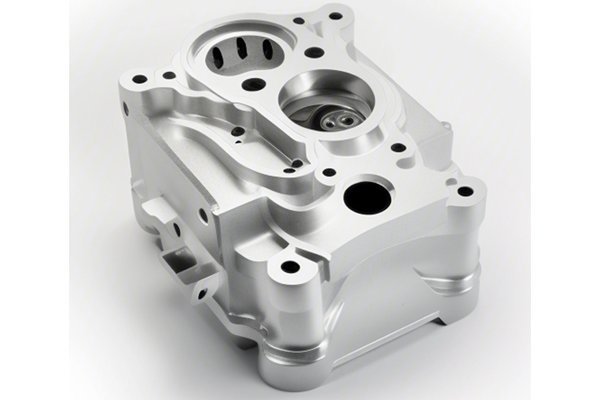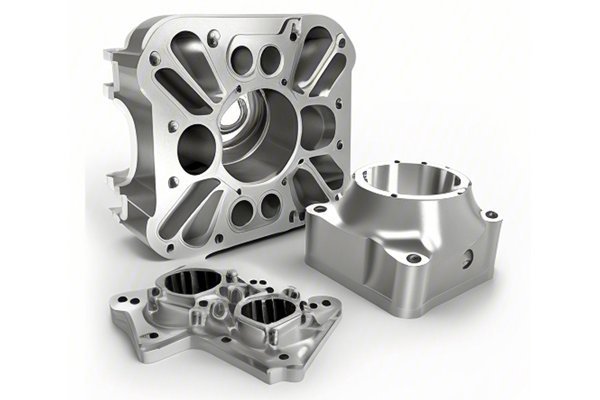Opening:
Did you know that the global metalworking industry is projected to reach $570 billion by 2025? As industries continue to evolve, the materials we use in manufacturing undergo significant changes to ensure durability, efficiency, and precision. In the realm of CNC (Computer Numerical Control) machining, understanding the differences between high-performance alloys and standard metals can be crucial for producers aiming for superior products that meet stringent performance requirements. But what really sets these materials apart in machining processes?
Understanding CNC Machining:
CNC machining is a subtractive manufacturing process that utilizes pre-programmed computer software to control machine tools. It allows for precise cutting, shaping, and finishing of various materials, from metals to plastics. The accuracy and repeatability of CNC machining make it essential for producing complex components demanded in industries such as aerospace, automotive, medical devices, and consumer electronics.
High-Performance Alloys vs. Standard Metals
When choosing the right materials for machining, two primary categories emerge: high-performance alloys and standard metals. Here’s how they differ:
High-Performance Alloys:
High-performance alloys are engineered materials created to perform under extreme conditions, which may involve high temperatures, corrosion, or significant mechanical stress. Examples include titanium alloys, nickel-based superalloys, and certain stainless steels like Inconel.
Standard Metals:
Standard metals, on the other hand, include materials like carbon steel, aluminum, and standard stainless steel. These materials are often used in applications where extreme performance is not necessary and are generally more cost-effective.
High-Performance Alloys:
These materials often exhibit superior mechanical properties such as high tensile strength, excellent fatigue resistance, and outstanding thermal stability. For example, titanium alloys boast a high strength-to-weight ratio, making them ideal for aerospace applications where weight is a critical consideration.
Standard Metals:
While standard metals can still offer robust mechanical properties, they typically cannot match the tensile strength and durability of high-performance alloys. Aluminum, for example, is lightweight and easy to machine, but doesn’t provide the same fatigue resistance as a titanium alloy.
High-Performance Alloys:
The production and processing of high-performance alloys can be significantly more expensive than standard metals. This is due to their specialized manufacturing and processing methods, which can include a tightly controlled composition and post-processing treatments.
Standard Metals:
Standard metals are generally more accessible and less costly to produce, making them a regular choice for high-volume applications where performance is important but not critical.
The CNC machining process for high-performance alloys often requires specialized tools and techniques.
Difficulty in Machining High-Performance Alloys:

Machining Standard Metals:
Addressing Challenges in CNC Machining of High-Performance Alloys:
Understanding the unique challenges posed by high-performance alloys is key to success in CNC machining. Here are some detailed solutions to common issues:
Solution:
The machining of high-performance alloys can lead to rough surface finishes if not managed properly.
Solution:
Managing tool life is crucial due to the high cost of tooling for high-performance alloys.
Solution:
:
As the demand for high-quality, high-performance components continues to grow across various industries, understanding the distinctions between high-performance alloys and standard metals proves vital for manufacturers. High-performance alloys offer unrivaled advantages when it comes to strength, durability, and resistance to extreme conditions, albeit at a higher cost and complexity in machining processes.
Conversely, standard metals remain an economical choice for many applications, providing adequate performance without the associated challenges of high-performance materials. By adopting specific strategies and best practices when machining these materials, manufacturers can optimize their operations, reduce costs, and ultimately deliver superior products to their customers.
In summary, considering the right material for CNC machining is essential; it’s more than just about the part. It’s about understanding the entire ecosystem of machining processes, enhancing performance, and exploring avenues for innovation. This blog underscores the significance of materials selection and machining practices, which are critical considerations in today’s competitive manufacturing environment. For readers, keeping these insights in mind can lead to informed decisions that drive enhanced productivity and success in the world of CNC machining.






